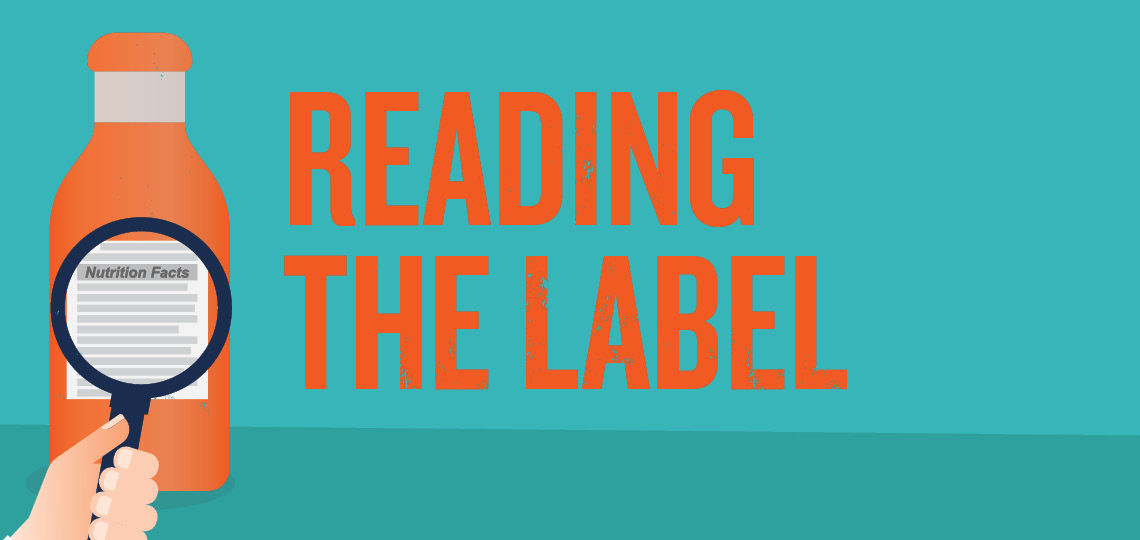Originally published Fall 2003
Thanks to the Internet, OK Kosher Certification is now able to offer more information and education on kosher issues than at any previous time in its 68-year history. As our website (www.ok.org) becomes increasingly popular, we receive more interesting questions from conscientious consumers around the world. People often ask whether they can determine the kosher status of a nonsupervised product from the label’s ingredient list. What does one need to know to decide on one’s own?
This question really has two parts: Can a consumer develop the knowledge base necessary to identify an item as kosher without the assistance of professional kosher supervisors? And, if so, can one make such a determination from the ingredient list?
A look at modern food production and an understanding of kosher supervision will help answer these questions.
Let’s begin at home: How many products on your shelf have ingredients with almost inscrutable names? In a simpler age, producers relied upon a few dozen easily identified ingredients. Today’s increasingly complex food industry, however, uses tens of thousands of ingredients – many with names only a chemist would recognize.
What must you know to analyze a packaged food product? A professional certifying agency, such as OK Kosher, with a full-time staff of experts in food production, chemistry, and the kosher code, maintains an enormous database of ingredients and their status: Is it kosher? Dairy? Pareve? Does the same ingredient from another source have a different status?
Ingredients, however, are only the beginning. There are many other critical factors in production. How was it prepared? In which plant? On which equipment? What else is produced there? Preparing otherwise kosher food on the same equipment as non-kosher food may cancel its kosher status. Perhaps dairy items were also produced there. Is the product now dairy? How does it affect those who use only Chalav Yisrael (strictly supervised dairy)?
Many details of the manufacturing process are significant: How hot was the cooking process? Is the food spicy? Was liquid involved? How was it stored and for how long?
Obviously, there are more variables in determining kosher status than the average consumer is able to tackle on his or her own. But must there be active supervision? Can’t the kosher professionals simply glean the status from the label and provide guides for others to do the same?
For some ingredients, this may seem to work, however many products are not so straightforward. Acidophilus cultures (look at your yogurt), for example, can be non-kosher or kosher-dairy. How was this particular culture derived? The label doesn’t say.
Lard, of course, comes from animals. But did you know that oleic acid (usually associated with vegetable oils) and myristic acid (a raw material for emulsifiers) may also be derived from animals? If any such ingredients are present, reading the label won’t help; we have to track down their source.
Much of what we consume every day falls into this category. Caramel color – the coloring agent in everything from beverages to baked goods – seems like a nice, innocuously kosher ingredient derived from corn syrup or sugar. In fact, it is often produced as a powder on non-kosher equipment. Whey and casein (standard dairy ingredients) may also be produced in a non-kosher manner.
Let’s suppose that the consumer could be up to date on every ingredient identified on product labels. What about the ingredients that are unidentified? For example, many labels list “flavors” as an ingredient. Are they kosher? There may be several thousand ingredients in that flavor; and the company may not be so quick to disclose its composition, the secret formula that makes their product so special.
What about unlisted ingredients? Several years ago, we discovered that the makers of a popular Swiss candy used a non-kosher release agent to prevent it from sticking to the processing equipment. To this day, it is not on the candy’s ingredient list.
And what of the label itself? A company may change ingredients before it has exhausted its supply of labels, and, of course, occasionally they simply make mistakes. The law allows a manufacturer lead-time before it must replace the inaccurate labels. Meanwhile, however, the package does not describe the contents.
Clearly, in the complex modern age, there are pitfalls at almost every step of the way when reading a product’s ingredient list. Yet, as it becomes more difficult, it becomes less necessary. With thousands of products properly certified kosher, never before have we been so blessed to see the Kosher Spirit permeate the world in which we live.


 EN
EN  ZH
ZH  KR
KR  BR
BR  ES
ES  IN
IN  IL
IL 




